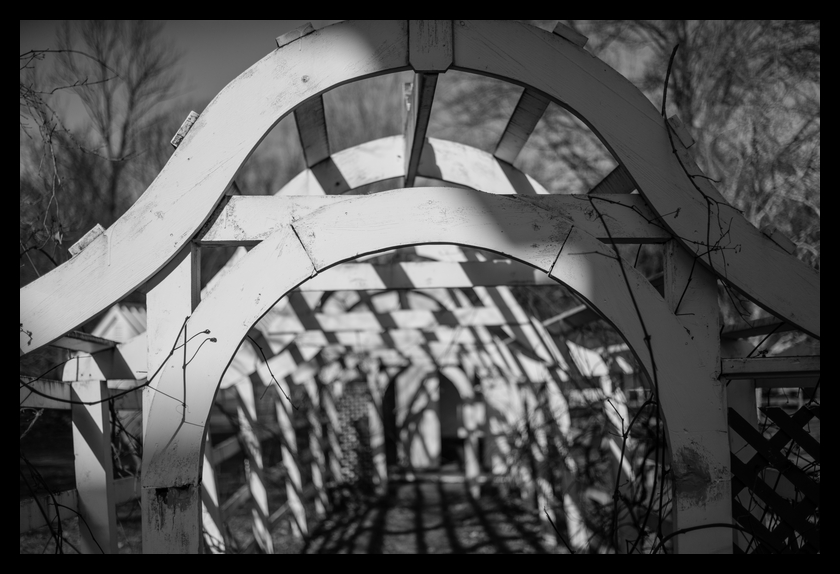A few months ago, Zeiss announced its Loxia line of lenses designed for the Sony FE mount and full frame sensors. Two lenses joined in the introduction, a 50mm f/2 Planar and a 35mm f/2 Biogon. The Planar is already shipping, the Biogon is apparently a bit delayed.
Zeiss lent me both lenses for a review a few weeks back and I've been using them a fair bit, alongside my Olympus gear with the new 40-150mm lens which I'm also trying out (and the Canon 7D Mark II, which I covered yesterday).
I won't beat around the bush, so first things first: I do think these Loxias are beautiful lenses in both build and image quality, but I wouldn't buy them unless I needed them for videography.
Quite frankly, I don't think that comes as a surprise to Zeiss. The company clearly decided to take on its own Sony Zeiss 35mm f.2.8 ZA and 55mm f1.8 ZA autofocus lenses in the FE mount, both equally excellent.
At the time of the announcement, Zeiss told me they introduced the 35mm and 50mm first because those are the focal lengths videographers are looking for. I don't shoot video, but I'm told it's better if you focus manually. Plus, these lenses come with a little key that allows you to de-click the aperture ring, which then becomes completely silent, another advantage for video.
If Zeiss had wanted still photographers to adopt Loxia first, it would have focused on a 85mm, which Sony currently lacks, and on wide angle lenses, also lacking. Zeiss has said those will come.
Competition
So, if you're a still photographer interested in the current Loxias, you clearly prefer shooting manually over using autofocus. You might want to have stellar quality, but not want to pay for a Leica lens with adapter on your Sony A7 series camera, or revert to some ancient but sweet old manual SLR lens. Without a doubt, among manual focus lenses, these Loxias are designed with the Sony FF mirrorless cameras in mind, whereas the competition was not.
But, as I said, for most of us, the competition is not other manual focus lenses, but the autofocus lenses Zeiss and Sony developed for the A7 series. I didn't do straight comparisons (esp. since I sold my FE 35mm), but those AF lenses produce great image quality, among the best in the class.
With that in mind, I'm eager to see the next generation of Loxia lenses, the ones that maybe won't compete directly with already excellent Sony Zeiss glass.
Findings
Now that that's out the way, let me write about these two lenses and what I found using them.
First of all, like with all Zeiss lenses I've ever owned and/or used, the build quality is top-notch and they're a pleasure to use and beauties to behold. With one exception in this case: the aperture ring is too close to the camera body, making it harder than it needs to be to reach it and turn it. I guess you'll get used to it, but it would be better if this critical ring were positioned just right. After a while, I found myself using my thumb to set the aperture, something I don't naturally do and don't really like.
The focus ring, on the other hand, is perfect with the right amount of give and take to dial in focus precisely. Because this lens is made for the camera, it communicates EXIF and other data. This means that the camera recognizes a manual focus lens and automatically zooms in on the subject as you turn the focusing ring, so that focusing is easier.
If you like that sort of thing, that is. I don't. I prefer to see the whole scene and only zoom in when I choose to, so I turned off automatic zooming and used a function key on the camera to zoom in when I wanted to. Sony's excellent focus peaking generally works well on its own, unless there's little contrast in the scene or you're shooting wide open.
When you use these lenses, you can only use the aperture ring on the lens to change aperture. The aperture dial on the camera doesn't function and the aperture doesn't change automatically as you adjust other values, which means that it makes sense to use these lenses in aperture priority or manual mode only.
Image quality is great. The lenses are sharp corner to corner. The contrast is good. The Zeiss colors are there. That's not surprising, since these lenses are basically remakes of existing and proven Zeiss lens designs. Chromatic aberration is minimal wide open and easily fixable.
I'm not a pixelpeeper and leave the real sharpness tests to the lab boys, but basically you can't go wrong with the overall output of these lenses.
The only thing I don't really like, and which is personal, is the bokeh. You can find samples on my Flickr page. I think the background is a bit too busy. I wish it were smoother, as it is on the Sony Zeiss 55mm f/1.8.
That's about it. Previously, I waxed on endlessly about the Zeiss lenses I've tried and I would here too, but I just don't see much of a role for these lenses at these focal lengths from the perspective of still photographers. That is, unless you're dedicated to manual lenses and want the manual lenses that are optimally designed to work with your Sony A7 series camera.
By John van Rosendaal




